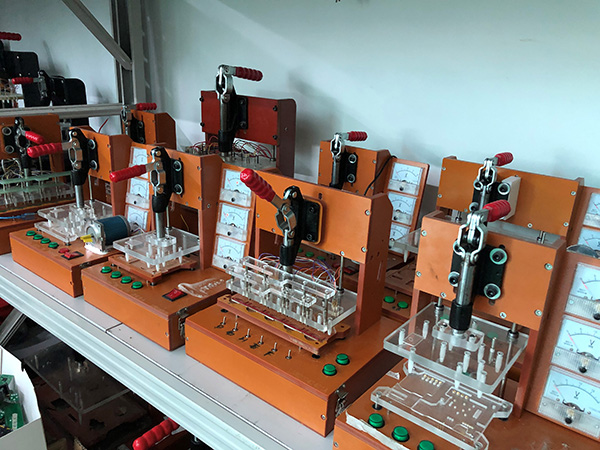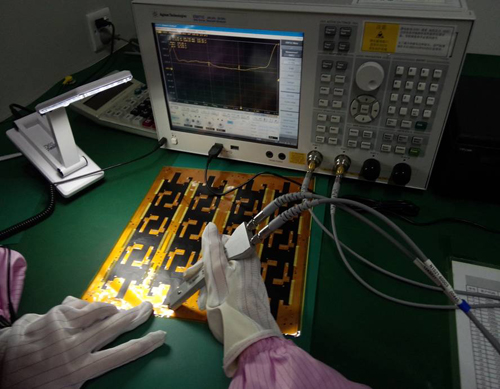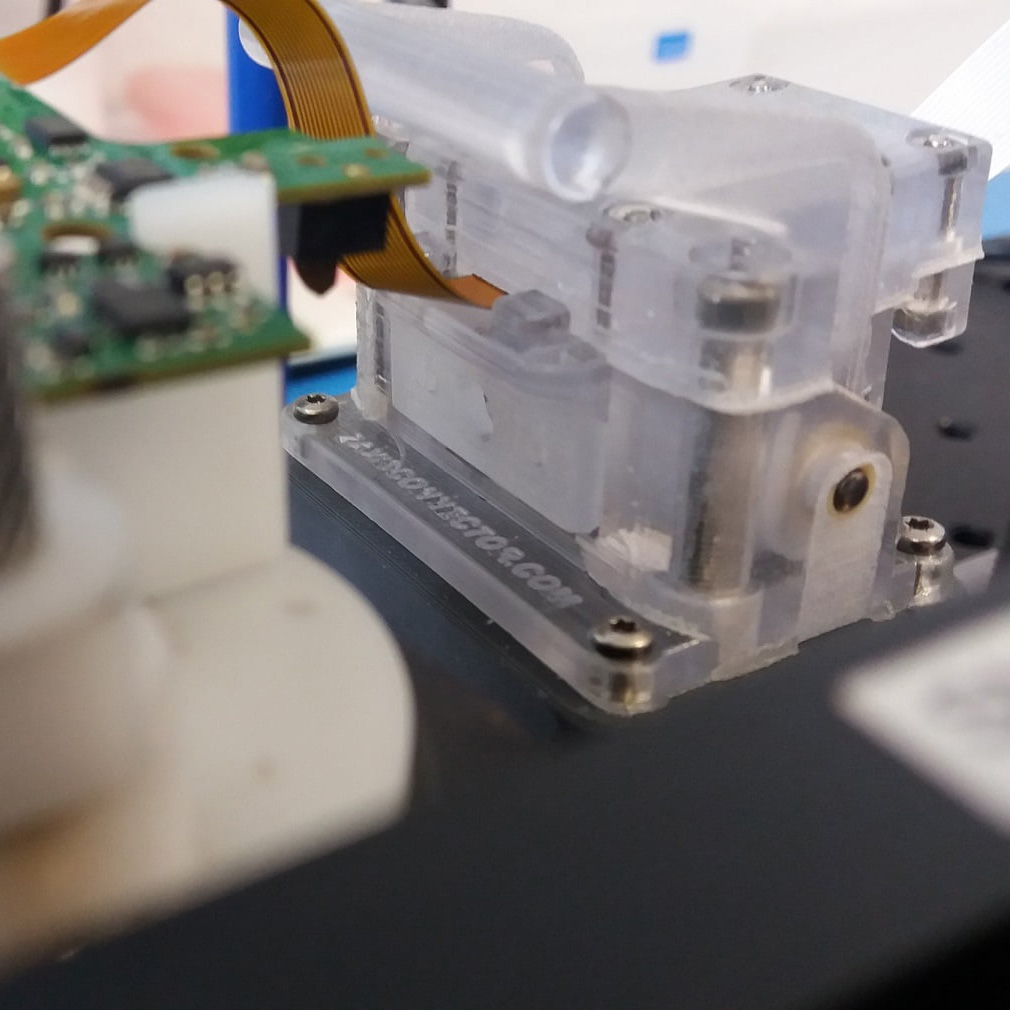Time:2020-12-18Views:
The testing process for rigid flex PCB boards can be extremely challenging. This is because these circuits are designed to be very thin and have complex geometries. So it's no surprise that some roadblocks may be encountered during the testing process. To thoroughly test the board, many PCB manufacturers opt for flying probe testing. What makes this test so much better than others? Read on to learn more.
Compare PCB Test Procedures
There are three basic test procedures used by PCB manufacturers. These are fixture, manual and flying probe tests. We will look at the issues faced in each process.
Fixture: This process is mainly used when doing high-volume PCB production. It involves the use of wired and fixed devices. The advantage of this test is that the fixture holds the board exactly in place. It is also inexpensive and requires minimal testing time. However, with rigid flex circuits, the problem is securing (aligning) the board to the fixture. Register repeatability becomes difficult if the circuit has unplated mounting holes. Also, if there are no mounting holes, fixture positioning is not possible.

Manual:This process is known for its simplicity. Digital voltmeters are used to test open and short circuits in PCB networks. However, many meters are designed to only test for open circuits. The reason is that the voltmeter is designed to meet IPC and MIL-Spec specifications, making it difficult to test isolated shorts. Also, this is a time-consuming process, and as such, there are many possibilities for errors.

Flying probe tests: Flying Probe is by far the best program ever created for PCB testing. It has many advantages over the other two testing procedures. First, it's not expensive to use. Additionally, since alignment holes are not required for circuit alignment, fixtures are not required. Very small pads can be tested without misregistration. Can test single-sided and double-sided rigid-flex circuit boards. It can also test circuits with resistive cores. The only disadvantage of flying probe PCB testing is that it is time consuming.


